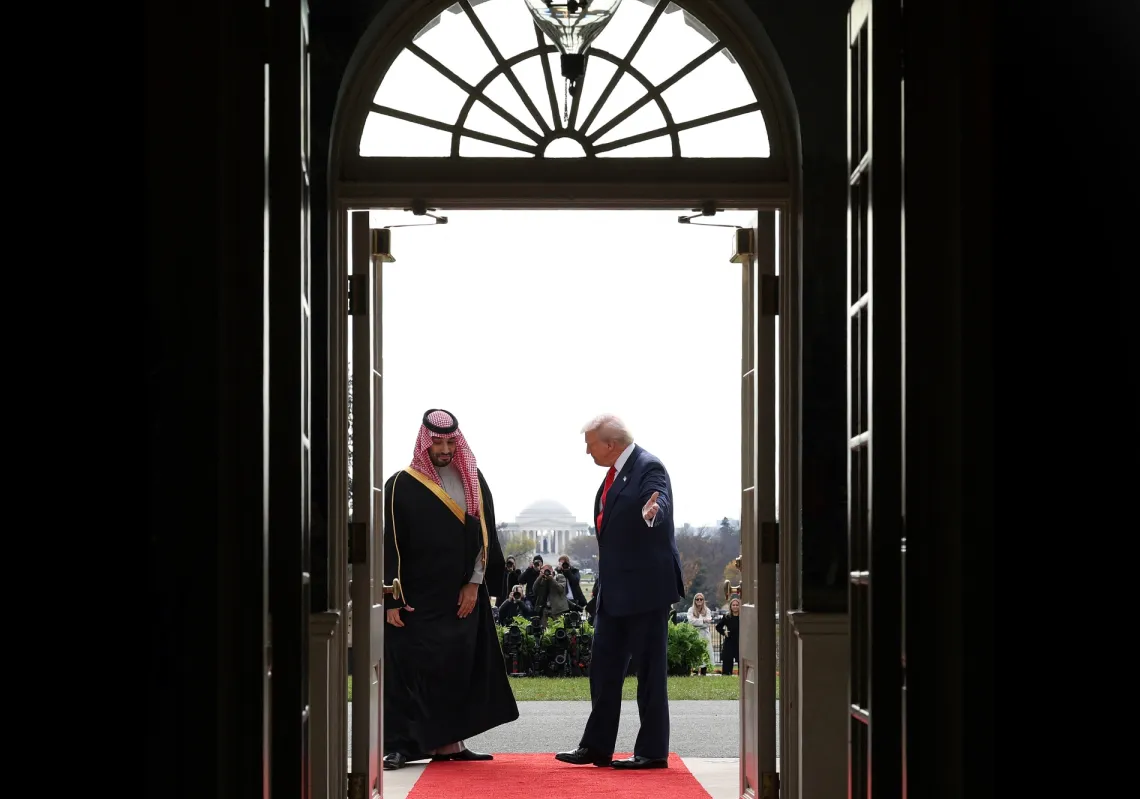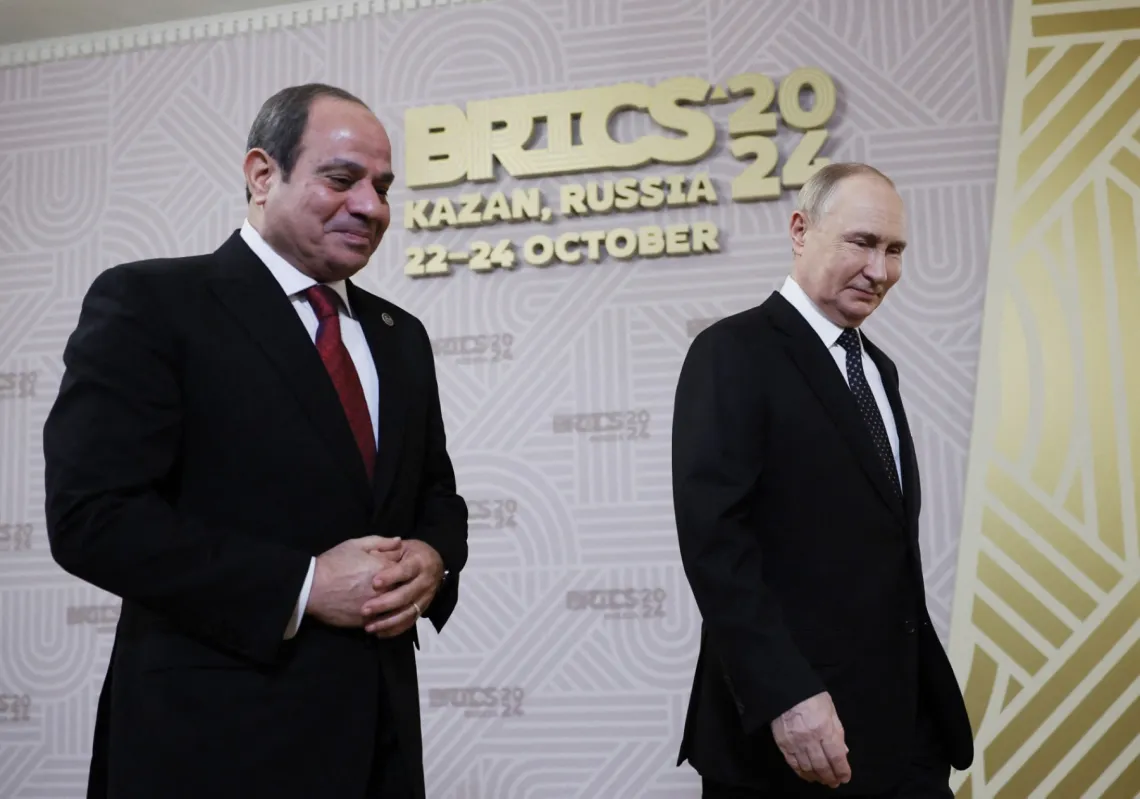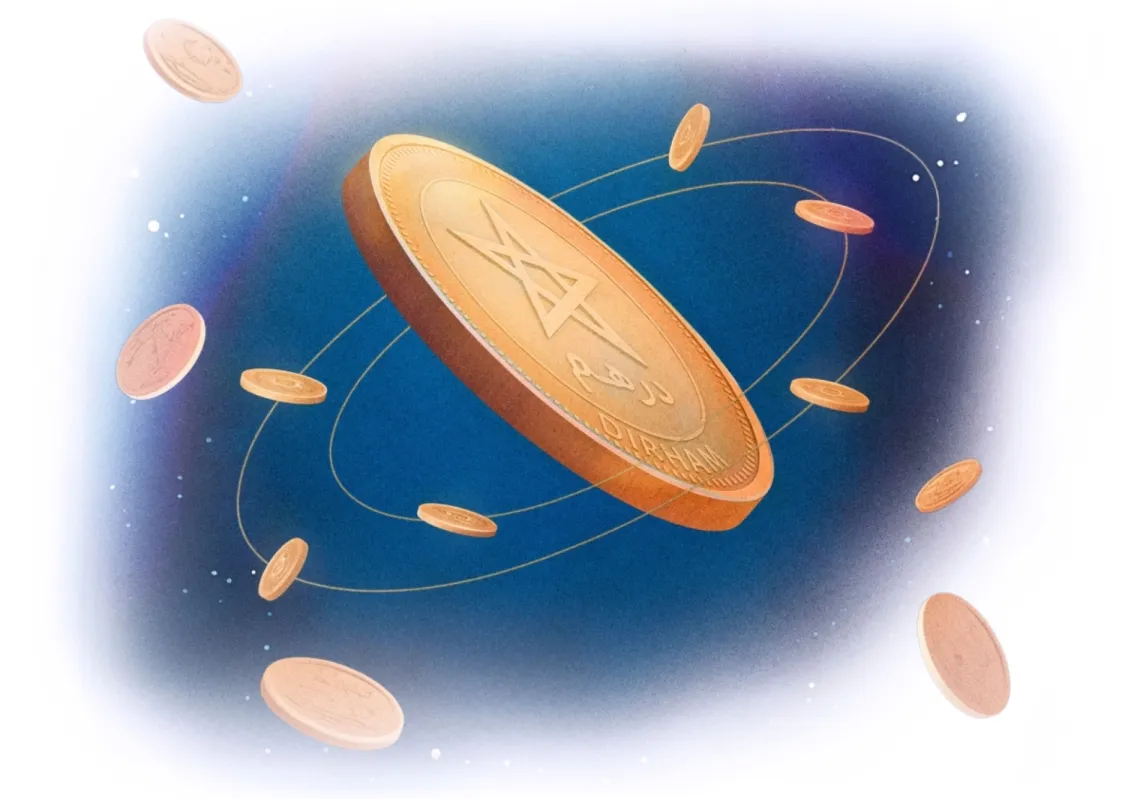The United States is set to grab Russia’s share of the natural gas market in central Europe after Ukraine’s decision to end the transit of Moscow’s energy exports through its territory. Industry experts say Türkiye also stands to benefit, becoming an energy transit hub to Europe.
The main natural gas exporters of the Arab world—Qatar, Algeria, and the United Arab Emirates—currently lack extra production capacity and seem unlikely to meet the European demand that had been met by Russian gas via Ukraine until Kyiv turned the taps off at the end of 2024 when the contract ended. The UAE, for instance, is not expected to start fresh exports to Germany until 2028.
Ukraine’s decision ends Russia’s supply to Austria, Moldova, Slovakia, and, to a lesser extent, Hungary and Italy. This accounted for about 5% of Europe’s total gas supply, 15 billion cubic metres of gas out of the 320 billion cubic metres consumed by Europe in 2024, according to Columbia University’s Centre on Global Energy Policy (CGEP).
Loving America’s LNG
“Right now, the US is the only gas exporter that has the ability to make up for the shortfall,” said the CGEP’s Anne-Sophie Corbeau, explaining that additional US production has ramped up in recent weeks from liquified natural gas (LNG) facilities in Plaquemines, Louisiana, and in Corpus Christi, Texas.
LNG can be sent to destination markets via ocean-going tankers, bypassing the need for pipeline connections. On arrival, the cooled liquid is processed back into gas and fed into national distribution grids. Since Europe’s networks are largely interconnected, gas can pass between countries under specific trade agreements.

After tapping its shale reservoirs, the US is now the world’s largest LNG exporter, overtaking Australia and Qatar in 2023. It is also the world’s largest gas producer, followed by Russia and Iran, according to the US Energy Information Administration.
Europe has recently been developing its LNG import and re-gasification capacity, now up by a third since 2021. Russia's invasion of Ukraine and the resulting sanctions on Moscow have added urgency to that process.
Germany is adding the most capacity, with the Netherlands, Spain, Italy, Finland, Poland, France, Belgium, Greece, and Cyprus doing likewise, according to the Institute of Energy Economics and Financial Analysis.
The dissuasion of sanctions
The European Union (EU) chose not to slap sanctions on Russian gas exports, instead leaving it to member states to individually diversify their exports within an overall target of ending all imports of Russian gas and oil by 2027.
In January, the US government added fresh sanctions on the Russian energy sector, including LNG export terminals and gas tankers. The US Treasury Department said these sanctions were designed to deprive Moscow of a "key source of revenue for funding its brutal and illegal war against Ukraine".
If they are retained by Donald Trump after 20 January, they will make it harder for Russia to export gas, says Francis Perrin, a senior fellow at the French Institute for International and Strategic Relations. "These measures are kind of dissuasive" for European gas importers, he said.

Since the invasion in 2022, Russia has been re-directing more pipeline gas to China but has also increased its LNG exports by ship to Europe. Russian gas accounted for 16% of Europe's LNG imports in 2024, according to London-based analysts at Independent Commodity Intelligence Services (ICIS).
The US accounted for 47% of Europe's LNG deliveries, while Qatar delivered 11%. Only one can provide more. America not only had "extra gas production capacity available", said Perrin, but also "the political will to strengthen its market share in Europe," as per the stated aims of incoming US president, Donald Trump.
Threats and balances
He warned the EU last month that its exports to the US would face tariffs if its member states did not buy more American oil and gas. This is no surprise. Brussels has been bracing for a trade offensive ever since Trump's election victory.
According to the Office of the US Trade Representative, the US trade deficit with the EU in goods and services was $131.3bn in 2022. Trump referenced this recently in one of his social media posts: "I told the European Union that they must make up their tremendous deficit with the United States by the large-scale purchase of our oil and gas. Otherwise, it is TARIFFS all the way!!!"
Türkiye could also win from Europe's new energy configuration, as it consolidates its position as a gas transit hub for supplies to eastern and central Europe, notably through the TurkStream pipeline that runs under the Black Sea from Russia, delivering gas to Türkiye, Greece, Bulgaria, North Macedonia, Serbia, and Hungary.
Türkiye also gets gas from Azerbaijan and Iran via pipeline and has plans to source more from Turkmenistan via Iran. Furthermore, it imports LNG from the US, Qatar, Algeria, Nigeria, and Russia, whose state-owned energy firm Gazprom inked a deal with Hungary in October for increased supply via TurkStream.

Andreas Schroeder, head of energy analytics at the ICIS, said Türkiye's importance on the energy map "has taken a leap since the war in Ukraine," adding: "It is important for Russia, as the gateway for gas to eastern Europe, and for Europe, as the entry point for Russian gas and LNG sourced from different countries, and possibly Central Asian gas."
Last year, Türkiye signed 10-year LNG supply agreements with two major European companies—Britain's Shell and France's TotalEnergies. They include the option to redirect LNG, starting in 2027, which could provide for re-export to Europe should the EU no longer want to buy Russian gas.
Alternative supplies
Immediately after Russia's invasion of Ukraine in 2022, Europe faced a gas supply crisis, but as the war stretched out over weeks to months, this was overcome by the bloc sourcing alternative supplies mainly in the form of LNG, even though shipped LNG is more expensive than piped gas.
Russian gas also found alternative destination markets, meaning most have been able to adapt to the changes, but in light of Kyiv's decision on 31 December 2024, there is now one exception: Moldova's pro-Russian breakaway region of Transnistria, which has no alternative to the Ukraine pipeline to get its gas out.
As the wider market adjusts, there is much at stake. Before invading Ukraine in 2022, Russia supplied more than 40% of Europe's gas. Qatar was a leading LNG supplier, and Algeria supplied both LNG and gas by pipeline.











